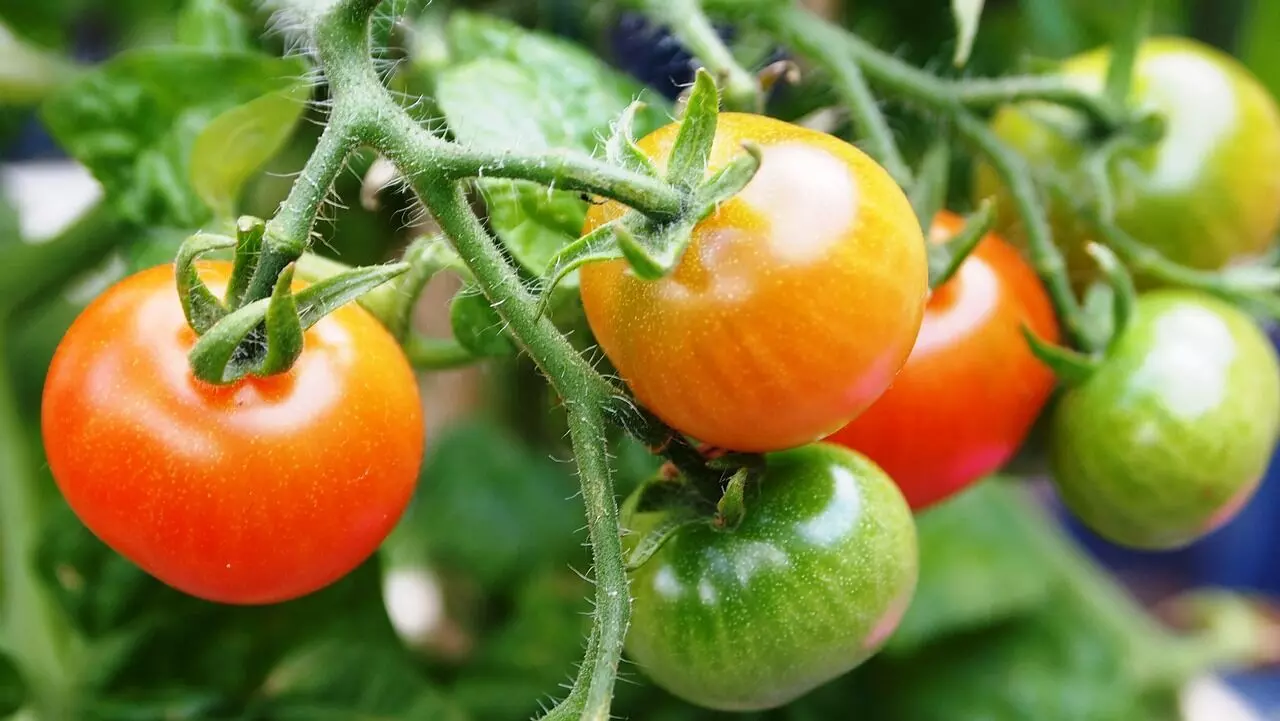A vicious cycle

In the past couple of weeks, the prices of tomatoes across India have touched alarming heights, causing significant distress to consumers across the nation. With costs ranging from Rs 60-100 per kilogram, tomatoes have become a luxury item for many households. It may be noted that this is a part of a long-persisting cyclical phenomenon that unfolds every alternate season. Dip in prices disincentivises supplies, which, in turn, leads to steep rise in prices. Sadly, the government’s intervention over the years has done very little to stem the rot. While fluctuations in vegetable prices are not uncommon, it is evident that the current surge in tomato prices is more than just a seasonal trend. Understanding the factors behind this price surge is crucial in order to address the issue effectively. One of the key reasons behind the soaring prices can be traced back to the falling prices of rabi tomatoes earlier this year, from February to May. The steep decline in prices led to immense financial pressure on farmers, forcing them to abandon standing crops and abstain from growing new ones. Consequently, the supply of tomatoes has been severely affected, resulting in a subsequent price rise. Furthermore, the disproportionately warm weather experienced since March has compounded the problem. Tomato crops are highly sensitive to temperature variations, and excessive heat can adversely impact their growth and yield. The scorching weather conditions have led to reduced harvests and diminished quality, leading to scarcity and price escalation. Adding to the farmers' woes were two devastating viruses that plagued tomato crops in different regions. The first is the yellow leaf curl virus, which has wreaked havoc in South India, damaging crops and causing significant losses. The second virus, the cucumber mosaic virus, has affected tomato crops in Maharashtra, further exacerbating the supply shortage. The combined effect of these viruses has led to a substantial decrease in tomato production, perpetuating the crisis. Sadly, there are no signs of relief in the near future. Even if kharif tomatoes are sown now, it will take a minimum of 3-4 months before they yield a substantial harvest. This prolonged waiting period indicates that consumers will continue to bear the burden of skyrocketing prices for an extended period. In evaluating the efficacy of India's Operation Greens in TOP (tomato, onion, potato), it is evident that urgent reforms are needed to address the current crisis effectively. This initiative was conceived with the aim of stabilising prices and ensuring an adequate supply of the vegetables, but its impact seems limited in the face of the tomato price surge. To tackle this crisis, several solutions can be implemented. Firstly, there needs to be a significant push for the promotion of processed tomato products through massive awareness campaigns. The durability of the processed products and a market for them will instil confidence among the growers, also ensuring a decent remuneration for them even in the wake of fluctuating demand-supply equations. Moreover, the enhancement of processing capacity is crucial because investing in modern infrastructure and technology will enable the processing industry to handle larger quantities of tomatoes efficiently. This would reduce wastage and ensure fair prices for the farmers. Additionally, it is imperative to address the tax burden on processed tomato products. Currently, they attract a Goods and Services Tax (GST) of 12 per cent, which contributes to their high cost. Reducing the GST on processed tomato products to 5 per cent would make them more affordable for consumers and incentivise their consumption. Simultaneously, a comprehensive evaluation and monitoring of the Operation Greens in TOP is essential. This would help identify gaps in their implementation and suggest necessary modifications to ensure their effectiveness in stabilising prices and ensuring an adequate supply of tomatoes, onions, and potatoes. The unprecedented surge in tomato prices in India demands immediate attention and action. The cyclic nature of this phenomenon, combined with various factors such as falling prices, warm weather, and devastating viruses, has created a crisis that cannot be ignored. The government, in collaboration with farmers, processors, and consumers, must work together to find sustainable solutions. By promoting processed tomato products, enhancing processing capacity, and reducing taxes, a sustainable scenario can be created.



